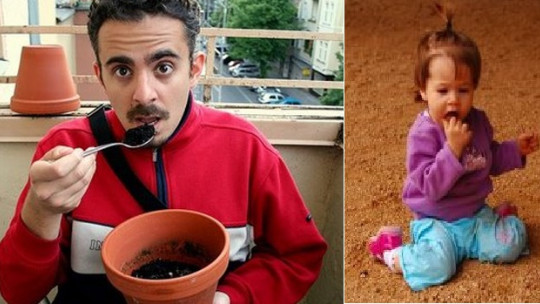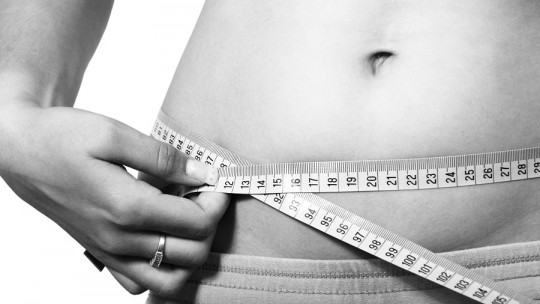There are different types of eating disorders, such as anorexia or bulimia. Although the latter are well known to most people, some of them are not so well known. One of these is the Pica syndrome either Allotrophagy an eating disorder that mainly affects children.
Its main characteristic is that the person who suffers from it feels an uncontrollable desire or the impulse to ingest substances that are not nutritious. including dirt, ants, baking soda, glue, insects, paper, small pieces of plastic or wood.
Pica Syndrome is associated with children with cognitive difficulties and other developmental disorders, for example, autism. Up to 30% of children with this disorder have Pica. Although this behavior can be seen in other children at an early age, individuals with autism continue to perform this practice at older ages.
Pica syndrome: main characteristics
Therefore, this disorder It is characterized by a persistent desire that leads the person to want to eat substances such as dirt or paint. Substances that, in addition to containing zero nutritional value, cause the person with Pica to put their health at risk.
He Manual of Clinical Child Psychology It is estimated that currently the prevalence of this disorder corresponds to between 4% and 26% of the institutionalized population. Some of the most common causes of Pica Syndrome are nutritional disorders, mental illnesses and psychological problems. Now, in most cases the trigger for this behavior is not known.
However, It is important to treat this problem as soon as possible to avoid complications. such as increased risk of suffering from gastrointestinal diseases and social maladjustment
How Pica Syndrome is diagnosed
If there are suspicions that someone may suffer from this disorder, An immediate medical evaluation is important to know if there is anemia, intestinal problems or toxicity caused by the substances ingested. The doctor may use X-ray tests or blood tests to determine the extent or consequences of said consumption.
In addition, the doctor can also perform a thorough evaluation to find out if there are possible infections caused by objects or substances contaminated with batteries. On the other hand, it is important to carry out a review of the patient’s eating habits.
The presence of the psychologist is also important when making a correct diagnosis. It is essential to evaluate the presence of other disorders, such as mental retardation, developmental disorders or obsessive-compulsive disorder.
According to the DSM-V, the behavior pattern of the person with Pica has the following characteristics:
Treatments and follow-ups
Due to the high risk of medical complications (e.g. poisoning) associated with Pica, Close medical supervision is necessary throughout the treatment of eating behavior. Obviously, this treatment is not understood without the figure of a psychologist and/or psychiatrist who is an expert in the treatment of eating behavior.
He Manual of Clinical Child Psychology emphasizes the application of cognitive-behavioral strategies due to their effectiveness in the treatment of this type of psychopathology. For example, it is possible to train subjects to eat or not eat harmful substances with the application of reinforcement techniques.
Complications associated with Pica Syndrome
As already mentioned, This disorder can cause serious health problems. Some of the complications associated with Pica Syndrome are:
Prevention
Generally, Pica Syndrome begins in childhood and lasts only a few months. However, it is likely to be more difficult to manage in children who have developmental disabilities, as They may continue to show this behavior at advanced ages.
But can this eating disorder be prevented? There is no specific way to prevent it. However, careful attention to the eating habits of little ones and close supervision of children more likely to put things in their mouths can help prevent the disease before complications can arise.
As always happens with this type of disorder, preventing this type of behavior from becoming part of the person’s daily habits is essential, so the sooner you intervene, the better. Once this behavior is consolidated, it is more difficult to make it disappear.
an irrational impulse
Pica Syndrome is an example that, in certain circumstances, human beings are capable of embracing extremely harmful and maladaptive patterns of behavior that have no clear advantage. In allotrophagy, the stomach is not only filled impulsively. but also the substances that are ingested are not nutritious and, in many cases, are toxic.
Getting to understand what psychological mechanisms are behind Pica Syndrome means finding the mental processes that reinforce this “loop” of actions that is maintained over time, renouncing explanations based on the patient’s rational decisions.









